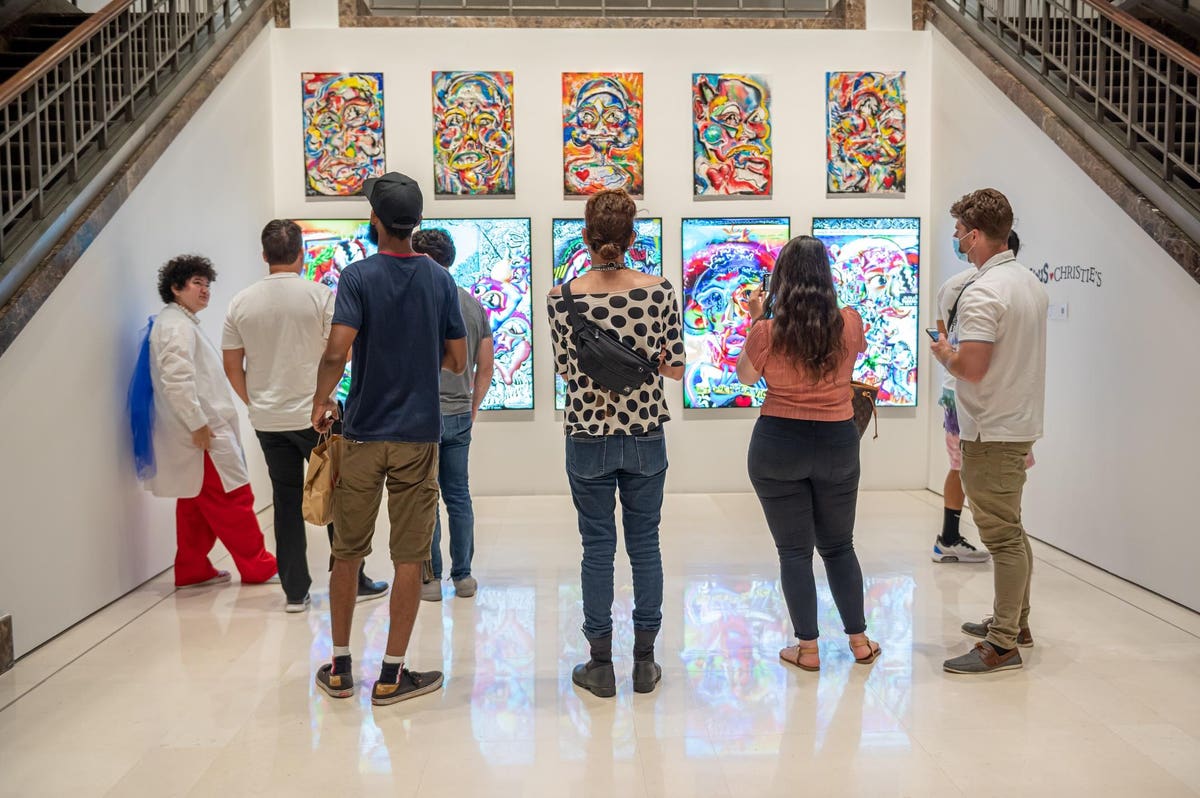
NFTs: Revolutionizing Art Ownership for All
Art collecting has long been associated with the rich and affluent, as only a select few could afford to purchase million-dollar paintings. However, the rise of nonfungible tokens (NFTs) is democratizing art ownership and allowing a much broader audience to participate in the art market. This development is not only good news for art lovers, but also for the blockchain industry and the art world as a whole.
Traditionally, art has been seen as a lucrative investment for the wealthy. According to Deloitte, art has delivered an average annual return of 8% since the year 2000, with minimal correlation to other asset classes. This unique characteristic makes art an attractive component of a diversified portfolio. As a result, the art market has grown to a staggering $70 billion, according to Art Basel and the Union Bank of Switzerland.
However, for the majority of people, art has been seen as an expenditure rather than an investment. Lower-priced paintings typically do not appreciate in value, regardless of their craftsmanship or beauty. This has limited art ownership to those who can afford expensive artwork. But now, decentralized finance (DeFi) and NFTs are changing the game by turning affordable NFTs, some as low as $150, into investable assets.
The NFT market has experienced exponential growth, surging from nothing to over $5 billion in just a few years, according to blockchain data on Dune. This financialization of NFTs is significant because it transforms art purchases from mere expenditures to potentially profitable investments. Similar to real estate, valuable traditional art can be used as collateral for loans or as a tax asset to transfer wealth. Additionally, it can be held in secure storage facilities, offering convenience and reducing tax liabilities. Art can also be fractionalized and traded as shares or included in art investment funds.
The main barrier for traditional art to serve as a financial asset is the substantial transaction costs and fees associated with every aspect of the art market. However, NFTs solve this problem by providing digital records on the blockchain that prove ownership of unique digital assets. The ownership of an NFT can be seen as equivalent to owning a physical print of a photograph or artwork.
NFTs have garnered attention for their high-profile sales, with some reaching staggering prices. However, the true transformative power of NFTs lies in the way collectors are leveraging new technologies, particularly decentralized exchanges and DeFi lending services, to make faster and more affordable deals.
Decentralized NFT exchanges like Opensea and BlurBLUR offer instant settlement without the need for intermediaries to take custody of the NFTs or the cryptocurrency involved. This leads to lower costs and friction in transactions when compared to traditional art marketplaces such as Sotheby’s.
Asset-backed DeFi lenders like Gondi and NFTfi allow individuals to secure loans using NFTs as collateral. These NFTs are held in escrow on the blockchain and are only released upon repayment or liquidation if prices drop. This significantly reduces the costs and increases the reliability of asset-backed loans, making them viable options for less expensive assets.
Through these advancements, a $400 NFT image can become an investment that appreciates over time, rather than a mere decoration. This has led to a surge in demand for NFTs and has sparked a creative explosion in the art world. Everyday consumers can now collect art like the wealthy, contributing to the creation of a more affordable art market. This is one of the most impactful changes brought about by blockchain technology.
In conclusion, NFTs have revolutionized the art ownership landscape by allowing a broader audience to participate in the art market. Through blockchain technology and DeFi tools, individuals can now invest in art at lower price points, making the art market more accessible and liquid. This shift benefits not only art lovers but also the blockchain industry and the art world as a whole. With NFTs, art ownership is no longer limited to the wealthy elite but open to all.






